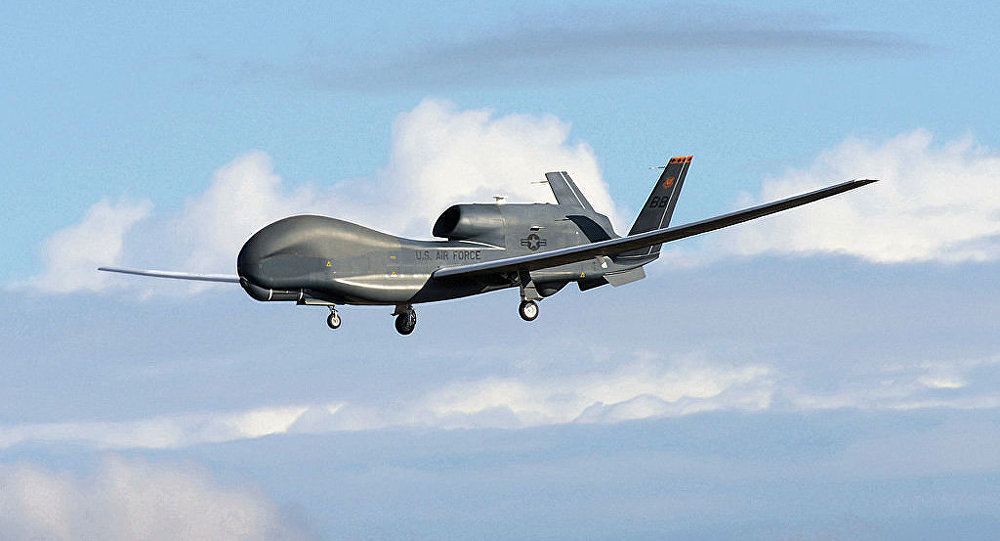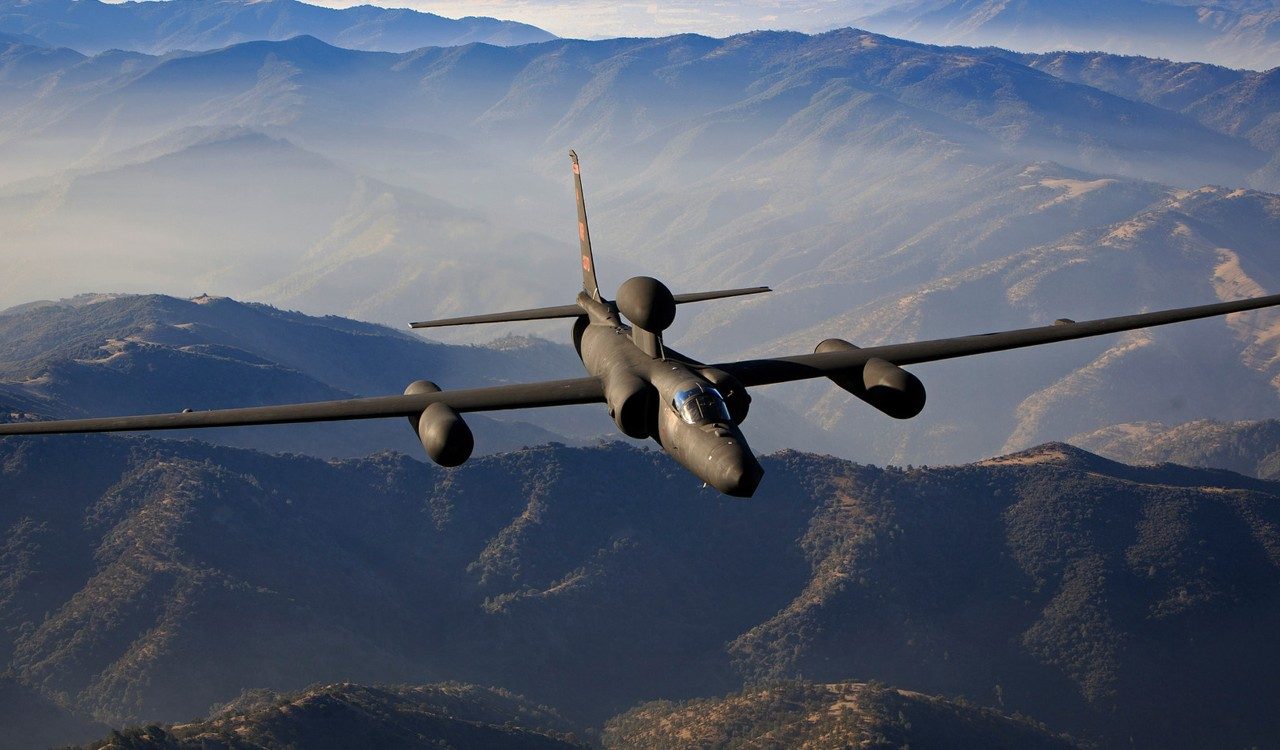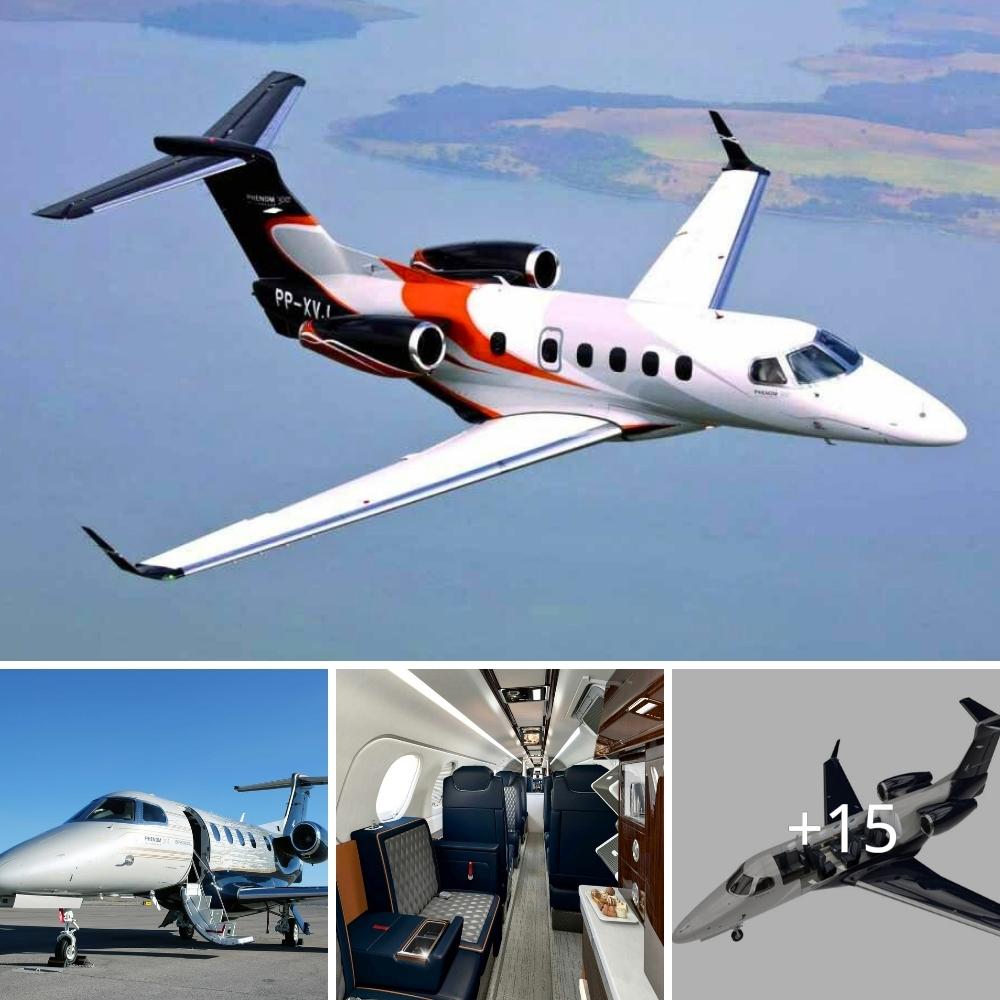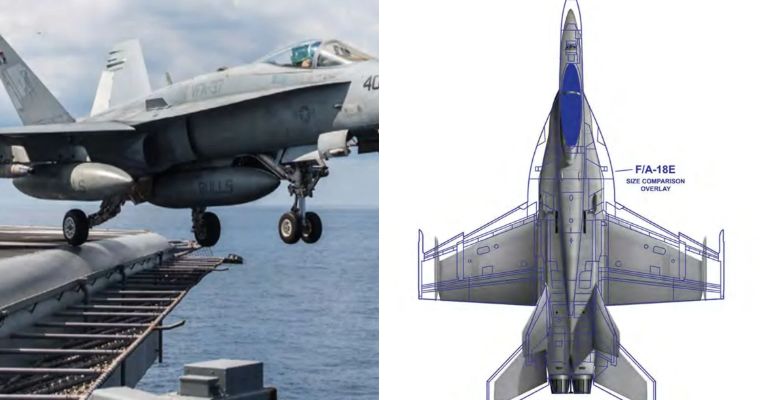The RQ-4 Global Hawk is a high-altitude, long-endurance, remotely piloted aircraft with an integrated sensor suite that provides global all-weather, day or night intelligence, surveillance and reconnaissance (ISR) capability.

Northrop Grumman’s GLOBAL HAWK is one of, if not the world’s premier surveillance and reconnaissance unmanned aircraft system—and the Air Force’s go-to eye in the sky.

In the RQ-4 name, the “R” is the Department of Defense designation for Reconnaissance and “Q” means unmanned aircraft system. The “4” refers to the series of purpose-built remotely piloted aircraft systems.

The RQ-4 Global Hawk went into service in 2001 and has been used extensively by the US Air Force in Afghanistan, Iraq and Syria.
It is flown remotely by drone pilots from air force bases in Beale, California, and Grand Forks, North Dakota.
The US Air Force is equipped with the most modern version of the drone, the RQ-4B.
The US Navy relies on older models while awaiting for a maritime model, the MQ-4 Triton, to be fully operational.
According to the US Navy, it was one of the older versions of the drone that was shot down by an Iranian surface-to-air missile over the Strait of Hormuz.
Built by Northrop Grumman, the Global Hawk is 47.6 feet (14.5 meters) long with a bulbous nose that gives it the appearance of a whale.

It has a wingspan of 130.9 feet and is packed full of sophisticated radar devices and high-definition cameras.
It can attain a maximum altitude of 60,000 feet (18.3 kilometers) and has a range of 12,300 nautical miles (22,780 kilometers).
“The high-resolution image quality makes it possible to distinguish various types of vehicles, aircraft, people and missiles, and look through adverse weather, day or night,” Northrop Grumman says on its website.
The Global Hawk is one of the most expensives pieces of equipment in the US arsenal, costing $123 million apiece, according to official figures.

Used strictly for surveillance, the Global Hawk is not armed.
The US Navy will presumably seek to recover the debris from the drone to prevent it from falling into Iranian hands.
Iran captured a US RQ-170 Sentinel drone over its territory in December 2011 and built a model of its own. The US drone was spying on Iran’s nuclear sites, according to the US media.
Three years later, Iranian state television broadcast images of the flight of an Iranian drone it said was a copy of the Sentinel.

U-2 Dragon Lady. Skunk Works® ISR & UAS Capabilities
Source: favbloger.com








